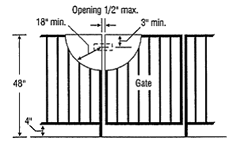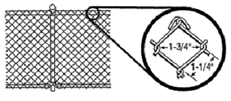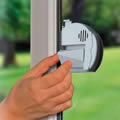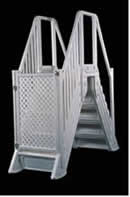The following code minimums shall be considered part of the approved plan, may be superseded by more stringent submitted specifications, and shall not be considered all inclusive of code requirements.
All pools, even temporary use or storable pools require a Building Permit. An Electrical Permit is required for the electrical work associated with pool installations. Storable-type pools may be plugged into a GFI protected outlet that must be at least 10′ from the pool. This is a Connecticut State Statute.
Remember that Pool Safety is the responsibility of the pool’s owner.
A man-made body of water is considered a pool if it meets any of the following conditions.
- The pool is capable of a water level greater than 24″ deep
- If it has a permanent water recirculating system
Pools and spas or hot tubs require permits to ensure the work is done properly and is approved for the proposed location. The requirements for barriers, fences, gates, latches and the means of direct entry into a pool are designed to provide protection against accidental drowning, particularly for small children. However, nothing can replace direct supervision by an adult.
Residential pools/spas are considered as accessory use structures and must meet zoning and environmental protection requirements.
Barrier
- Barrier (fence, pool wall, etc.) shall be not less than 48″ in height and start 2″ max. above grade

- Openings shall not allow passage of a 4″ sphere

- No indentations / protrusions in solid barriers which would create a climbing hazard.
- Horiz. rails less than 45″ apart must be on inside of barrier w/ 1 ¾” spacing
- Horiz. rails spaced 45″ or more vertical / picket spacing max 4″ on center.
Access Gates
- Maximum chain link fence openings 2 ¼” square
- Maximum diagonal openings (lattice w/ slats etc.) 1 ¾”
Doors providing Direct Access to the pool

- Safety glazing (on poolside) is required in walls & fences enclosing pools that are both within 3′ horiz. and 5′ vert. of a walking surface
- Barriers on top of pool rim require less than 4″ from bottom of barrier to top of pool rim.
- Gate material shall comply with # 1-8 above
- All gates shall be equipped to accommodate a locking device
- Pedestrian access gates shall open outward, away from pool
- Pedestrian access gates shall be self-closing and self-latching
- Other access gates shall have a self-latching device
- All gate latches less than 54″ above the ground shall be inside the gate and the gate material shall have openings ½” maximum within 18″ radius of the latch. The latch shall not be less than 3″ below the top of the gate.


- Option 1 – Be equipped with an audible alarm when the door and its screen, if present, are opened. The alarm shall:
- Commence less than 7 seconds after the door / screen are opened and shall sound continuously for a minimum of 30 seconds
- Have a minimum sound rating of 85 decibels at 10′ and shall be distinctive from other household sounds
- Automatically reset under all conditions
- Be equipped with manual means (touch pads, switches) located at least 54″ above the door threshold to deactivate the alarm for not more than 15 seconds when opening the door / screen from either direction
- Option 2 – Be equipped with a power safety cover in compliance with ASTM F 1346-91
- Option 3 – Be equipped with a self-closing and self-latching device with the release mechanism located a minimum 54″ above the floor. Swinging doors must open away from the pool area
Other
- Pool alarm required
- Temporary enclosure shall be installed prior to the commencement of the installation of any in-ground swimming pool
- All pool and spa suction outlets shall be provided with a cover that conforms with ANSI/ASME A112.19.8M, or a 12″ x 12″ drain grate or larger, or an approved channel drain system.
